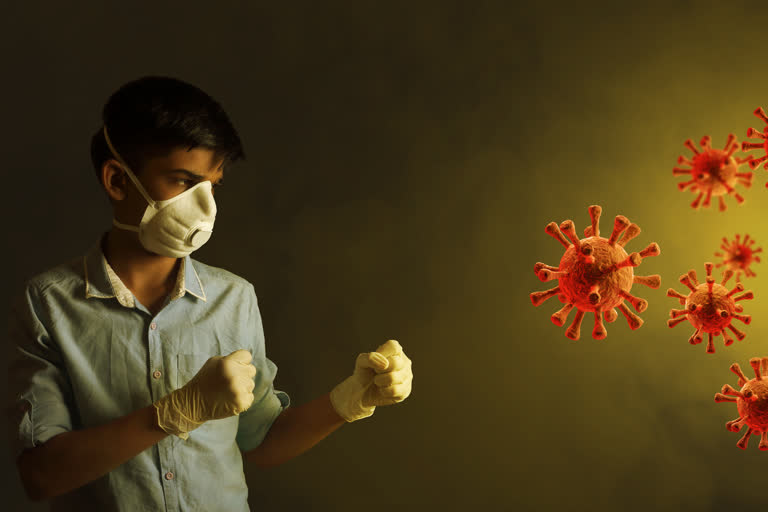The second wave has undoubtedly created havoc across India, pertaining to the surge in COVID-19 cases at an alarming rate. What is more worrisome is that this time during the second wave, not only adults, but children too are being greatly affected as compared to the last year. In the same regard, the ETV Bharat Sukhibhava team asked Dr. Vijayanand Jamalpuri, MD, FRCPCH, Fellowship in Neonatology, Rainbow Children’s Hospital, Hyderabad, some questions related to the new wave of COVID-19, and here is what he explains.
First Wave vs Second Wave
Dr. Vijayanand informs that previously in the first wave, children were not so vulnerable to contract the virus. They were mostly asymptomatic, but were tested because they were exposed to the virus carried by someone else in the family, who was positive. But now, during the second wave, the kids are being tested, primarily because of them being positive as they are showing symptoms too.
However, the severity of the infection as well as the typical nature of symptoms in kids is still less as compared to the adults. We have also seen quite a few kids under the age of 8 years as well as newborn babies being affected. Newborn babies are contracting the infection because more mothers are being positive and once born, babies share a close environment with the mother, making it possible for the virus to be transmitted. The virus does not get transmitted through breast milk, but we have seen a few cases, where transmission through placenta was seen.
What Are The Symptoms Seen In Children?
The most common symptoms we are seen in children include- fever, cough, sore throat and cold, as well as certain gastrointestinal symptoms such as diarrhoea and vomiting. So routinely, if a kid comes complaining about such gastrointestinal issues and when we test them for COVID-19, most of them are positive for COVID-19. Usually diarrhoea and vomiting is seen during the rainy season, but because in the current situation, even in summers, children are presenting these symptoms as a result of the coronavirus infection. Some other symptoms that commonly an older child (above 10 years of age) may present include headache, body ache and weakness. Loss of taste and smell may also be experienced, and due to the former, he/she may not be willing to eat.
Degree Of Severity
Most of the kids who are symptomatic are experiencing mild symptoms only and kids having severe/critical conditions are rare. However, categorizing the infection, from mild to severe is important to recognise sick children who may need hospital treatment.
- Kids with Mild disease may usually have the aforementioned symptoms like fever, cough or sore throat, vomiting or diarrhoea. Otherwise, they are generally well and have no issues related to breathing.
- When we talk about the moderate disease it means along with other symptoms, he/she may have fast breathing or breathing difficulty.
- Lastly, in case of severe disease, these are the kids who have developed pneumonia as a result of COVID-19 and the oxygen levels are lower than normal. These kids may have breathing difficulties, have grunting or traction of the chest. They also have weakness, lethargy and feel sleepy most of the time
Besides this, if we talk about extremely severe (critical disease), where multiple organs are involved, a kid not only needs ventilation support but also needs other organ supports like blood pressure support and kidney support (dialysis). However, the proportion of extremely severe disease is extremely low.
Also Read: New Symptoms Of COVID? Do Not Panic
Do Children Require Hospital Admissions?
As compared to the last wave, the number of hospital admission among kids has increased, but as compared to the adults the figures are minimal. Also, even if they are admitted, they are recovering better and sooner. Apart from this, children requiring intensive care, in general, are still low.



